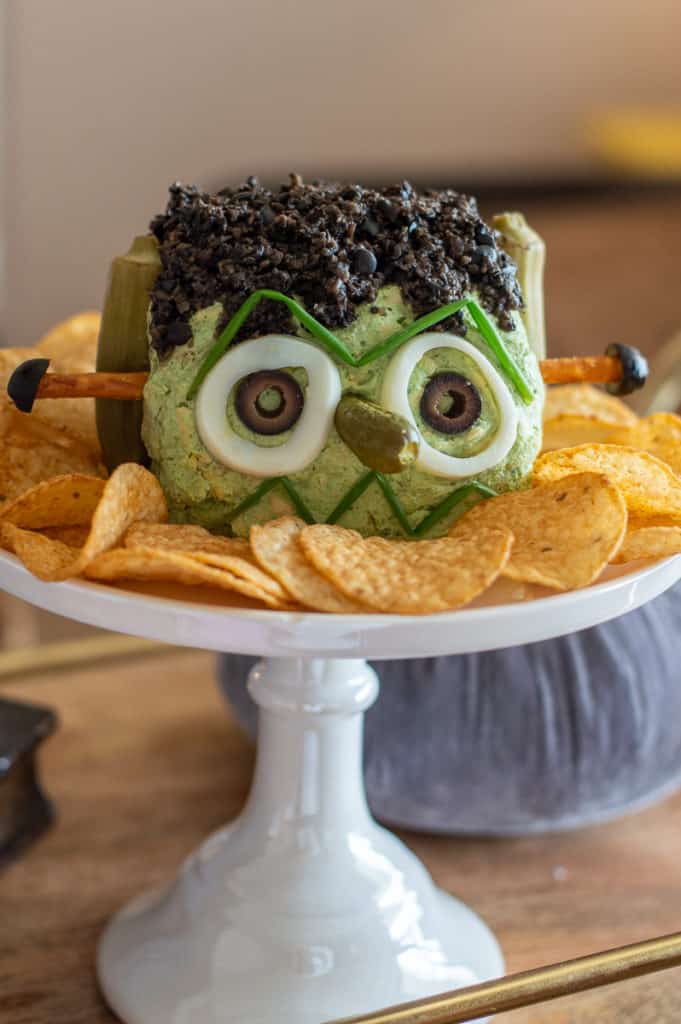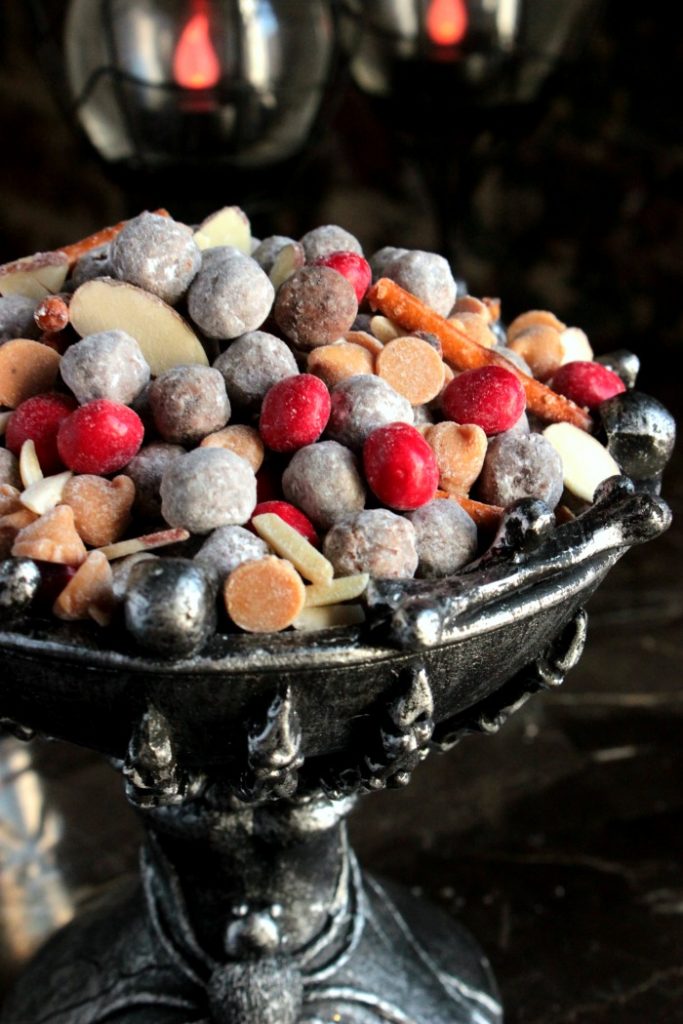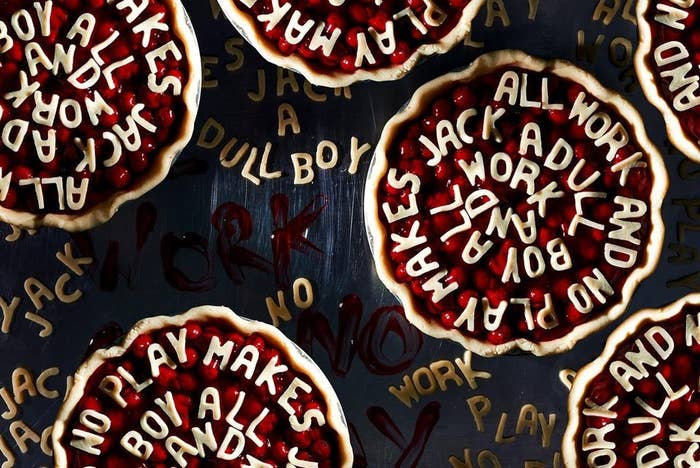Need food assistance over break?
Here is a list of food pantries in the surrounding area:
Pike County
Thankful Hearts Food Pantry Inc.
648 Adams Rd Pikeville, KY 41501
(606) 437-6221
trissiascott@att.net
https://www.facebook.com/thankfulheartsfoodpantryinc/
Floyd County Emergency Food and Shelter Services
Auxier Food Pantry
Located at: 21 South River St.; Auxier, KY 41602 (Old Auxier Elementary School, across from Auxier Park)
Mailing Address: P.O. Box 135; Auxier, KY 41602
Contact Person(s): Gail Spradlin 886-0709
Service Days/Hours: 3rd Thursday of the Month, Hours: 9 a.m. – 4 p.m. Emergencies accepted upon call request; please leave a voicemail and an employee will get back with you to set up an appointment time for pick-up as soon as possible.
Service Area: Service area consists of Auxier, East Point, Route 3 (on Floyd County side), Jenny Wiley State Resort Park, up to the Armory Road on Route 321 (going towards Prestonsburg), and to the Johnson/Floyd County line in the opposite direction (old road toward Paintsville).
E-mail/Website: gail@myhandinhand.org
Heavens Harvest Food Pantry
Sponsered by: Heavens Harvest Food Pantry
Located at: 3534 KY RT 122 Printer KY (3 miles above the Hall Funeral Home on the right)
Mailing Address: P.O. Box 394; Martin, KY 41649
Contact Person(s): Renee Thornsberry 1-502-517-9233
Service Days/Hours: 3rd Saturday of each month Hours: 12 p.m. – 2 p.m. (Call or message us in Case of Emergency) October is the 4th Saturday because of the Red, White and Blue Days
Service Area: From the City of Martin on Rt 1428 to Allen Park includes Oklahoma Hollow and anyone with a Martin physical address, not a post office box that's a mailing address. Including Arkansas Creek and others roads in that area.
E-mail/Website: reneedthornsberry@hotmail.com & heavensharvestfoodpantry@gmail.com
Facebook at Renee D. Thornsberry page Heavens Harvest Food Pantry https://heavensharvestfood.wixsite.com/website
Jacob’s Ladder Food Pantry
Sponsered by: Jacob’s Ladder
Located at: 22 Main Street; Allen, KY 41601 (beside Allen City Hall)
Mailing Address: P.O. Box 434; Allen, KY 41601
Contact Person(s): Fudd Parsons 874-9859
Service Days/Hours: 3rd Thursday of every month from 10 am till 2 pm. Call for emergency
Service Area: Allen area, Dwale, Hinton holler. Gas Fork. Oklahoma Holler,1428 up to seasons Inn. Cow Creek, Calf Creek. Buffalo, Emma, Daniels Creek across Banner Bridge to plum orchard branch
Email/Website: fuddparsons@yahoo.com
Middle Creek Community Development Club Food Pantry
Sponsered by: Middle Creek Community Development Club
Located at: Chester Grove Rd Rt 114 Middle Creek ( next to Middle Creek Fire DEPT Station One )
Mailing Address: 657 Granny Fitz Branch; Prestonsburg, KY 41653
Contact Person(s): Charles Hackworth 606-886-3606
Service Days/Hours: 2nd, 3rd, & 4th Thursday 12 – 1:30 pm (Call for emergency)
Service Area: From 404 on Highway 114 to Magoffin County line, State Road Fork to Bonanza
Email/Website: nelsonelmina@hotmail.com
Mud Creek Clinic Food Pantry
Sponsered by: Mud Creek Community Health Corporation
Located at: Rt 979, approximately 7 miles from US 23, behind Mud Creek Clinic at Grethel
Mailing Address: P.O. Box 129; Grethel, KY 41631
Contact Person(s): Eula Hall 606-587-2246or587-1124.Linda Adam's 606-213-8514.
Service Days/Hours: 8-4:30,food distribution is the last week of the month. (Call in Case of Emergency)
.
Prater Creek Food Pantry Inc,
Sponsered by: Prater Creek Food Pantry Inc.
Located at: Mare Creek Road, Stanville, KY 41659
Mailing Address: Mare Creek
Contact Person(s): Jack Stanley (606)-794-7945 Rick Burchett (606)-424-5175
Service Days/Hours: 3rd Saturday Each Month -10:00 AM -12:00PM
Service Area: Service Area: US 23 from Banner to Pike-Floyd county line at Boldman including Penn Hook,Harold,to Mouth of Toler Creek,Coldwater ,Betsy Layne,Pike-Floyd Hollow,Justell, Stanville,Mare Creek,Tram, Ivel,Tom's Creek and Banner to Dana Post office.
E-mail/Website: jack_c_stanley@yahoo.com
Saint Vincent’s Mission Food Pantry
Sponsered by: Saint Vincent’s Mission
Located at: 6369 KY Rt. 404; David KY 41616
Mailing Address: P.O. Box 232; David, KY 41616
Contact Person(s): Jennifer Farkas-Sparkman 886-2513
Service Days/Hours: Tuesdays & Thursdays, Hours: 12:00 – 3:00 p.m. Emergency by appointment
Service Area: Wayland, Estill, Hueysville, Bosco, Eastern, our side of 1210, Hippo, Pyramid, David, Blue River all the way to KY RT 114.
Email/Website: stvm@stvincentmission.org
Paintsville Area
- 12 Basket Food Pantry 606-789-3995
- First Baptist Church 606-789-3168
- Highlands Church of Christ 606-789-3995
- Housing Authority of Paintsville 606-789-4455
First Church of God (Dan Heaberlin) Food Pantry
Warfield Area
- Appalachia Reach Out 606-298-7470
- Martin County Senior Citizens 606-298-3459
- RAMP Food Pantry 606-626-6654
The Berenstain Bears Visit the Dentist by
The Dental Hygienist's Guide to Nutritional Care by


























 For 14 centuries the season of Lent has been a time for self-examination and penitence in preparation for Easter. When public penitents came to the church for forgiveness, the priest would take some ash (made by burning the palms used on Palm Sunday of the previous year) and mark their foreheads with the sign of the cross as a reminder that they were but ashes and dust. The period lasts for two lunar months through Easter of the year.
For 14 centuries the season of Lent has been a time for self-examination and penitence in preparation for Easter. When public penitents came to the church for forgiveness, the priest would take some ash (made by burning the palms used on Palm Sunday of the previous year) and mark their foreheads with the sign of the cross as a reminder that they were but ashes and dust. The period lasts for two lunar months through Easter of the year.  n described the Mardi Gras of 1846, saying, "There was a grand procession parading the streets, almost every one dressed in the most grotesque attire, troops of them on horseback, some in open carriages, with bands of music, and in a variety of costumes... All wore masks, and here and there in the crowd, or stationed in a balcony above, we saw persons armed with bags of flour, which they showered down copiously on any one who seemed particularly proud of his attire."
n described the Mardi Gras of 1846, saying, "There was a grand procession parading the streets, almost every one dressed in the most grotesque attire, troops of them on horseback, some in open carriages, with bands of music, and in a variety of costumes... All wore masks, and here and there in the crowd, or stationed in a balcony above, we saw persons armed with bags of flour, which they showered down copiously on any one who seemed particularly proud of his attire."  iritual note to otherwise secular 'rites of territory repossessed'. Through community response to the death of Big Chief Allison 'Tootie' Montana, and the first post-Katrina Mardi Gras in 2006, Indian icons and imagery still stand for many New Orleanians as powerful signs of something in the soul that, to paraphrase a popular Mardi Gras Indian song, won't kneel and won't bow down.
iritual note to otherwise secular 'rites of territory repossessed'. Through community response to the death of Big Chief Allison 'Tootie' Montana, and the first post-Katrina Mardi Gras in 2006, Indian icons and imagery still stand for many New Orleanians as powerful signs of something in the soul that, to paraphrase a popular Mardi Gras Indian song, won't kneel and won't bow down. 
 Power for the Powerless: Martin Luther King, Jr.’s Late Theory of Civil Disobedience
Power for the Powerless: Martin Luther King, Jr.’s Late Theory of Civil Disobedience Dr. King's insight that racial discrimination was linked to the economic subordination of workers followed a great tradition of political activism within the United States on behalf of racial equality and the rights of workers. This article argues that advocates for workers' rights and racial equality have been most successful when they worked together because race discrimination has been integrally connected to the exploitation of workers throughout our country's history.
Dr. King's insight that racial discrimination was linked to the economic subordination of workers followed a great tradition of political activism within the United States on behalf of racial equality and the rights of workers. This article argues that advocates for workers' rights and racial equality have been most successful when they worked together because race discrimination has been integrally connected to the exploitation of workers throughout our country's history. 

















 Finding Your Place
Finding Your Place Partners of Military Veterans and Their Pet Dogs
Partners of Military Veterans and Their Pet Dogs The Boss Continues His Battle for Veterans
The Boss Continues His Battle for Veterans e veterans tell their stories, there's a good chance they'll evoke strong emotions from both the tellers and their audiences. The Veterans History Project is a national effort to collect, preserve and make accessible the first-hand remembrances of U.S. military veterans from World War I through more recent conflicts and peacetime missions so future generations may hear directly from veterans and better understand what they saw, did and felt during their service.
e veterans tell their stories, there's a good chance they'll evoke strong emotions from both the tellers and their audiences. The Veterans History Project is a national effort to collect, preserve and make accessible the first-hand remembrances of U.S. military veterans from World War I through more recent conflicts and peacetime missions so future generations may hear directly from veterans and better understand what they saw, did and felt during their service.
 Not quite into the scary side? Then bask in candlelight, wine, and the best of love, relationships, and all that makes your heart flutter... in a good way.
Not quite into the scary side? Then bask in candlelight, wine, and the best of love, relationships, and all that makes your heart flutter... in a good way.












 It arose from Texas. At various times in the twentieth century, notably during both world wars,
It arose from Texas. At various times in the twentieth century, notably during both world wars,  But there was more to be done. The "grandmother of the movement," Opal Lee, watched white rioters burn her home to the ground in 1939 while growing up in Marshall, Texas. When she eventually made her home in Fort Worth, she watched a new generation take up the cause of the Juneteenth celebration as a way to celebrate the freedom so dearly won. In 2016, she laced up her shoes and wrote a letter to then-President Obama: "
But there was more to be done. The "grandmother of the movement," Opal Lee, watched white rioters burn her home to the ground in 1939 while growing up in Marshall, Texas. When she eventually made her home in Fort Worth, she watched a new generation take up the cause of the Juneteenth celebration as a way to celebrate the freedom so dearly won. In 2016, she laced up her shoes and wrote a letter to then-President Obama: " Today, Juneteenth is celebrated with national and regional events, including
Today, Juneteenth is celebrated with national and regional events, including
 East Kentuckian Lige Clarke had a prominent role in early gay and lesbian journalism.
East Kentuckian Lige Clarke had a prominent role in early gay and lesbian journalism. 
 young son of a church deacon was staying at his father's country estate in western Britain when he was kidnapped and forcibly enslaved for six years as a Irish shepherd. For the worldly youth that he had been, though a nominal Christian,
young son of a church deacon was staying at his father's country estate in western Britain when he was kidnapped and forcibly enslaved for six years as a Irish shepherd. For the worldly youth that he had been, though a nominal Christian,  Hundreds of years after his death, Muirchu's account of Saint Patrick's life introduced apocryphal stories about New Testament apostles. Muirchu retold episodes from stories about Bartholemew, Peter, James (the brother of John) and Saint John the Evangelist with St. Patrick as their central character. The canonization of the real monk had begun. it is noteworthy that he draws attention to this activity as an important element of Patrick's impact on the Irish people. Stories like the Easter fire and banishing the snakes from Ireland begin to develop details never seen in Patrick's writings.
Hundreds of years after his death, Muirchu's account of Saint Patrick's life introduced apocryphal stories about New Testament apostles. Muirchu retold episodes from stories about Bartholemew, Peter, James (the brother of John) and Saint John the Evangelist with St. Patrick as their central character. The canonization of the real monk had begun. it is noteworthy that he draws attention to this activity as an important element of Patrick's impact on the Irish people. Stories like the Easter fire and banishing the snakes from Ireland begin to develop details never seen in Patrick's writings.  streets of New York City accompanied by Irish music. When a massive famine struck Ireland in the 19th century, and millions of Irish emigrated to a new world where they were subjected to discrimination,
streets of New York City accompanied by Irish music. When a massive famine struck Ireland in the 19th century, and millions of Irish emigrated to a new world where they were subjected to discrimination,  Today the U.S. celebration of the feast day is the jewel of Saint Patrick's Day, two hundred years after a massive immigrant movement brought its patron saint to the continent. Now new classes of immigrants embrace the
Today the U.S. celebration of the feast day is the jewel of Saint Patrick's Day, two hundred years after a massive immigrant movement brought its patron saint to the continent. Now new classes of immigrants embrace the 






![[an animated image of scalloped potatoes in a black pan, with the caption Tweak That Dinner Healthier Alternatives]](https://libapps.s3.amazonaws.com/customers/2058/images/Tweak_That_Dinner.gif) While browsing in the library's articles, I found this one -- simple swaps and improvements to keep your meal scrumptious, but someone in your house healthier (maybe even you). Built for diabetics but shareable to all.
While browsing in the library's articles, I found this one -- simple swaps and improvements to keep your meal scrumptious, but someone in your house healthier (maybe even you). Built for diabetics but shareable to all.![[an owl on a tree branch, with the text Who's Not Thankful?]](https://libapps.s3.amazonaws.com/customers/2058/images/Who_s_Not_Thankful.png)
![[a South Asian family with a mother, daughter, father, and son are shown lighting diyas for Diwali]](https://libapps.s3.amazonaws.com/customers/2058/images/Diwali-family.JPG) For many,
For many, ![[a mother, father, and two daughters lighting their diya]](https://libapps.s3.amazonaws.com/customers/2058/images/Diwali-kids.JPG)




















